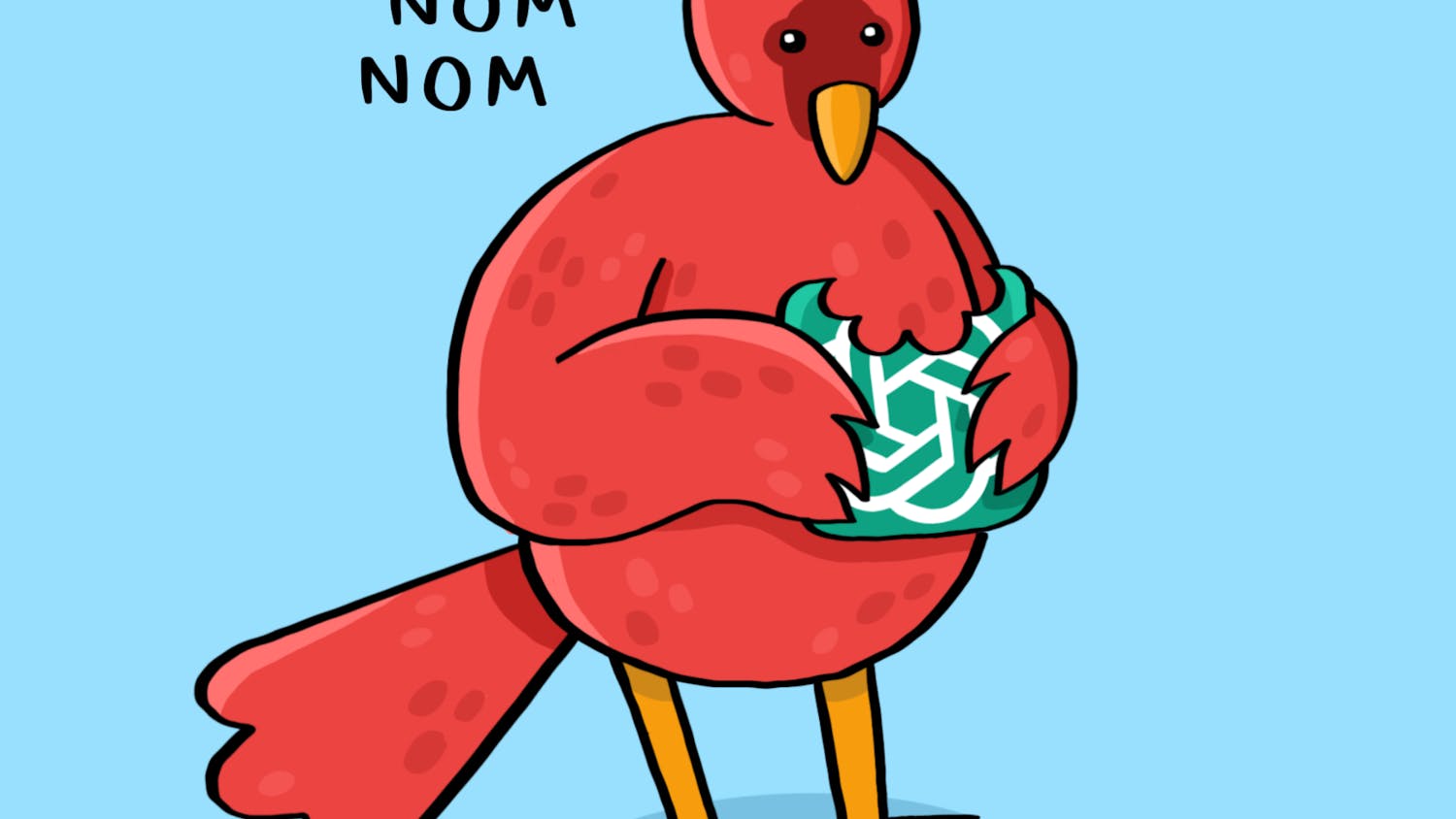SCIENCE
Naked mole rats might not be fun to look at, but these unusual animals may hold the key to defeating cancer.
The naked mole rat, or Heterocephalus glaber, is easily one of the most bizarre animals on the planet. First, it's ugly. I mean really, truly ugly. Almost exclusively subterranean, it's mostly hairless & has sickly pale skin. Think native Madisonian during winter. Second, it feels no pain. Its skin lacks a key neurotransmitter. You can harm it, but you can't hurt it.
Most importantly, naked mole rats don't develop cancer. Humans spend billions of dollars figuring out how to combat a disease that kills millions of our friends and family. Naked mole rats are happily munching away on tubers below the Horn of Africa, completely pain- and cancer-free.
These rodents rose to prominence in biology as the better-known of only two eusocial mammal species (the other being the Damaraland mole rat). Like eusocial insects, naked mole rats have a cooperative colonial social structure. A single female grows larger than the others and is responsible for producing all of the colony's offspring.
This queen consorts with a few favored males, while the rest of the rats serve as workers, usually tunnelers or non-feeling super soldiers. Colonies may consist of over 200 individuals, though most have between 50 to 100 rats.
Unlike insects, naked mole rats are believed to maintain eusociality through reproductive suppression. That is, the queen prevents reproduction in other females with a combination of chemical signaling and aggressive behavior. Other females can wrestle the crown from an existing queen, though this is rare. It's probably pointless to fight an enemy that feels no pain, anyway.
Naked mole rats are about the size of a very large lab mouse or small domestic rat. Neither mice nor rats live particularly long lives. However, many naked mole rats live for over 10 years, with some queens pushing 20 years of age. Longevity is usually a function of size, but the naked mole rat is the longest-lived rodent, even though it is far smaller than the capybara (the world's largest rodent).
Unsurprisingly, then, the focus of research on naked mole rats has recently shifted from their eusociality to their longer lifespans. A quick Web of Science search indicates that 50-plus papers studying naked mole rat longevity have been published in the past five years. The naked mole rat genome was recently published, complete with accompanying "X may cure cancer" headlines. Of course, "X" in this case is the naked mole rat.
Cancer, essentially, is what happens when your cells reproduce abnormally. In order to live a long time, you need to be able to make lots of cells. But if you make too many too quickly, you have cancer. So there's a fine balance between longevity and propensity for developing cancerous tumors.
You guessed it. This balance is subject to intense natural selection, with different species evolving toward different optimal traits. Naked mole rats seem to have evolved a nifty mechanism for preventing cancer.
Humans have one primary genetic mechanism for preventing unwanted cell proliferation, whereas naked mole rats have two. Humans have a gene called p27 that limits cellular crowding, as do naked mole rats. But naked mole rats also have a gene called p16, which "causes cellular claustrophobia", according to researcher Vera Gorbunova at the University of Rochester. The practical potential is that if the p16 gene used by naked mole rats could be "switched on" in humans, it could be an effective cancer treatment.
Naked mole rats are hideous, bizarre, obscure animals that live below the inhospitable surface of a far-away corner of the world. They highlight the utility of basic research and knowledge of animal characteristics for the sake of knowledge. Who would've thought the humble naked mole rat could provide pieces to the cancer puzzle? Before the middle of this decade, nobody.





